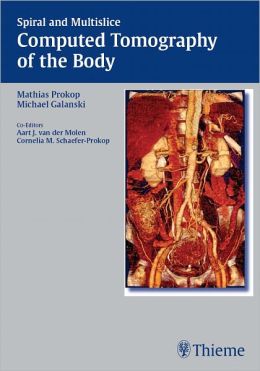-79%
Pediatric Critical Care: A Panorama of Life-Threatening Conditions
In the realm of critical care, the care of pediatric patients presents a unique set of challenges and complexities. This issue of Critical Care Clinics, expertly curated by Dr. Margaret Parker, delves into a comprehensive array of life-threatening conditions that afflict our young patients. Each topic is meticulously examined, providing healthcare professionals with the latest advancements and best practices for managing these critical situations.
1. Acute Respiratory Failure
Acute respiratory failure (ARF) poses a formidable threat to the lives of children. This condition arises when the lungs are unable to adequately exchange oxygen and carbon dioxide, leading to a severe disruption in the body’s homeostasis. Understanding the pathophysiology of ARF, implementing prompt interventions, and employing mechanical ventilation techniques are all crucial aspects of managing this critical condition.
2. Post-operative Cardiac Surgery
The post-operative period following cardiac surgery is a vulnerable time for pediatric patients. Close monitoring and prompt management of potential complications, such as cardiac arrhythmias, bleeding, and infection, are essential to ensuring a successful recovery. This article provides a comprehensive overview of the challenges and best practices in post-operative cardiac care for children.
3. Septic Shock
Septic shock is a life-threatening condition characterized by a profound hypotension caused by an overwhelming systemic inflammatory response to infection. Early recognition and initiation of aggressive treatment, including fluid resuscitation, antibiotic therapy, and vasopressors, are crucial for improving patient outcomes. This article highlights the pathophysiology, diagnosis, and management of septic shock in children.
4. Acute Renal Failure
Acute renal failure (ARF) arises when the kidneys are unable to perform their essential functions of filtering waste products and regulating fluid balance. This condition can be caused by a variety of factors, including dehydration, sepsis, and certain medications. Understanding the underlying causes and implementing appropriate fluid and electrolyte management are essential for managing ARF in children.
5. Traumatic Brain Injury
Traumatic brain injury (TBI) remains a leading cause of death and disability in children. This complex condition requires a multidisciplinary approach to care, involving neurosurgeons, critical care specialists, and rehabilitation therapists. This article provides an up-to-date review of the latest advancements in TBI management, including surgical interventions, neuroprotective therapies, and rehabilitation strategies.
6. Encephalitis
Encephalitis, an inflammation of the brain, can be caused by a variety of infectious agents, such as viruses, bacteria, and parasites. Prompt diagnosis and treatment are essential to prevent severe neurological damage. This article discusses the clinical presentation, diagnostic techniques, and treatment options for encephalitis in children.
7. Status Asthmaticus
Status asthmaticus is a life-threatening exacerbation of asthma characterized by prolonged bronchospasm. Management of this condition involves aggressive bronchodilator therapy, oxygen administration, and, in severe cases, mechanical ventilation. This article provides a comprehensive overview of the diagnosis and management of status asthmaticus in children.
8. Status Epilepticus
Status epilepticus (SE) is a prolonged seizure that lasts for more than 30 minutes or two or more seizures without full recovery of consciousness in between. Prompt recognition and treatment are crucial to prevent brain damage and other complications. This article discusses the different types of SE, their causes, and the latest advancements in treatment strategies, including antiepileptic medications and neuromodulatory therapies.
9. Bleeding/Coagulopathy
Bleeding and coagulopathy pose significant challenges in the critical care of children. Understanding the underlying causes of bleeding and administering appropriate blood products and clotting factors are essential for achieving hemostasis and preventing complications. This article provides a detailed overview of the management of bleeding and coagulopathy in pediatric critical care.
10. Transfusion
Transfusion therapy plays a vital role in the management of various critical conditions in children. This article discusses the indications for transfusion, the types of blood products available, and the potential complications associated with transfusion therapy. It also emphasizes the importance of appropriate patient selection and transfusion management practices.
maybe you like these too:
- 2021 AABB Virtual Annual Meeting (Videos)
- Symptom-Based Diagnosis in Pediatrics (CHOP Morning Report) (EPUB)
- Elsevier Emergency. Pädiatrischer Notfall. 5/2020: Fachmagazin für Rettungsdienst und Notfallmedizin. (Original PDF from Publisher)
- Obstetric Ultrasound, An Issue of Ultrasound Clinics (The Clinics: Internal Medicine) (Original PDF from Publisher)









Reviews
Clear filtersThere are no reviews yet.